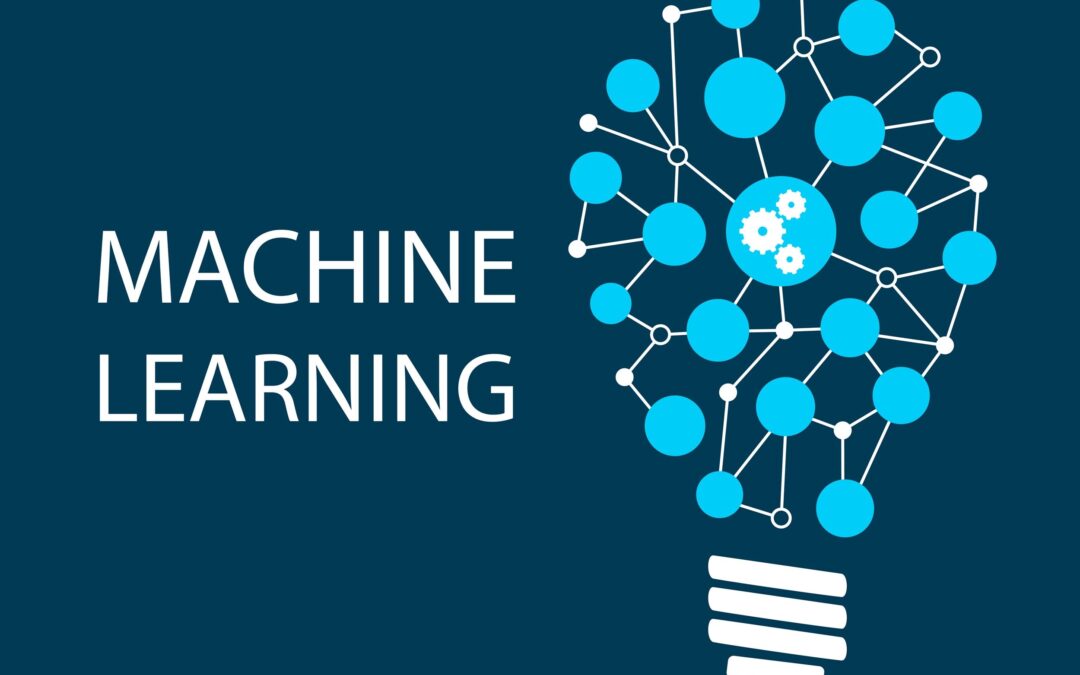
Buy NOW!
Overview
Enterprise data science teams need collaborative access to business data, tools, and computing resources required to develop and deploy machine learning workflows. Cloudera Machine Learning (CML), part of the Cloudera Data Platform (CDP), provides the solution, giving data science teams the required resources.
This four-day course covers machine learning workflows and operations using CML. Participants explore, visualize, and analyze data. You will also train, evaluate, and deploy machine learning models.
The course walks through an end-to-end data science and machine learning workflow based on realistic scenarios and datasets from a fictitious technology company. The demonstrations and exercises are conducted in Python (with PySpark) using CML.
What you’ll learn
Through lecture and hands-on exercises, you will learn how to:
- Utilize Cloudera SDX and other components of the Cloudera Data Platform to locate data for machine learning experiments
- Use an Applied ML Prototype (AMP)
- Manage machine learning experiments
- Connect to various data sources and explore data
- Utilize Apache Spark and Spark ML
- Deploy an ML model as a REST API
- Manage and monitor deployed ML models
What to expect
The course is designed for data scientists who need to understand how to utilize Cloudera Machine Learning and the Cloudera Data Platform to achieve faster model development and deliver production machine learning at scale. Data engineers, developers, and solution architects who collaborate with data scientists will also find this course valuable.
Course Details
Introduction to CML
- Overview
- CML Versus CDSW
- ML Workspaces
- Workspace Roles
- Projects and Teams
- Settings
- Runtimes/Legacy Engines
Introduction to AMPs and the Workbench
- Editors and IDE
- Git
- Embedded Web Applications
- AMPs
Data Access and Lineage
- SDX Overview
- Data Catalog
- Authorization
- Lineage
Data Visualization in CML
- Data Visualization Overview
- CDP Data Visualization Concepts
- Using Data Visualization in CML
Experiments
- Experiments in CML
Introduction to the CML Native Workbench
- Entering Code
- Getting Help
- Accessing the Linux Command Line
- Working With Python Packages
- Formatting Session Output
Spark Overview
- How Spark Works
- The Spark Stack
- File Formats in Spark
- Spark Interface Languages
- Introduction to PySpark
- How Data Frame Operations Become Spark Jobs
- How Spark Executes a Job
Running a Spark Application
- Running a Spark Application
- Reading data into a Spark SQL Data Frame
- Examining the Schema of a Data Frame
- Computing the Number of Rows and Columns of a Data Frame
- Examining a Few Rows of a Data Frame
- Stopping a Spark Application
Inspecting a Spark Data Frame
- Inspecting a Data Frame
- Inspecting a Data Frame Column
Transforming Data Frames
- Spark SQL Data Frames
- Working with Columns
- Working with Rows
- Working with Missing Values
Transforming Data Frame Columns
- Spark SQL Data Types
- Working with Numerical Columns
- Working with String Columns
- Working with Date and Timestamp Columns
- Working with Boolean Columns
Complex Types
- Complex Collection Data Types
- Arrays
- Maps
- Structs
User-Defined Functions
- User-Defined Functions
- Example 1: Hour of Day
- Example 2: Great-Circle Distance
Reading and Writing Data Frames
- Working with Delimited Text Files
- Working with Text Files
- Working with Parquet Files
- Working with Hive Tables
- Working with Object Stores
- Working with Pandas Data Frames
Combining and Splitting Data Frames
- Combining and Splitting Data Frames
- Joining Data Frames
- Splitting a Data Frame
Summarizing and Grouping Data Frames
- Summarizing Data with Aggregate Functions
- Grouping Data
- Pivoting Data
Window Functions
- Window Functions
- Example: Cumulative Count and Sum
- Example: Compute Average Days Between Rides for Each Rider
Machine Learning Overview
- Introduction to Machine Learning
- Machine Learning Tools
Apache Spark MLlib
- Introduction to Apache Spark MLlib
Exploring and Visualizing Data Frames
- Possible Workflows for Big Data
- Exploring a Single Variable
- Exploring a Pair of Variables
Monitoring, Tuning, and Configuring Spark Applications
- Monitoring Spark Applications
- Configuring the Spark Environment
Fitting and Evaluating Regression Models
- Assemble the Feature Vector
- Fit the Linear Regression Model
Fitting and Evaluating Classification Models
- Generate Label
- Fit the Logistic Regression Model
Tuning Algorithm Hyperparameters Using Grid Search
- Requirements for Hyperparameter Tuning
- Tune the Hyperparameters Using Holdout Cross-Validation
- Tune the Hyperparameters Using K-Fold Cross-Validation
Fitting and Evaluating Clustering Models
- Print and Plot the Home Coordinates
- Fit a Gaussian Mixture Model
- Explore the Cluster Profiles
Processing Text: Fitting and Evaluating Topic Models
- Fit a Topic Model Using Latent Dirichlet Allocation
Fitting and Evaluating Recommender Models
- Recommender Models
- Generate Recommendations
Working with Machine Learning Pipelines
- Fit the Pipeline Model
- Inspect the Pipeline Model
Applying a Scikit-Learn Model to a Spark Data Frame
- Build a Scikit-Learn Model
- Apply the Model Using a Spark UDF
Deploying a Machine Learning Model as a REST API in CML
- Load the Serialized Model
- Define a Wrapper Function to Generate a Prediction
- Test the Function
Auto scaling, Performance, and GPU Settings
- Auto scaling Workloads
- Working with GPUs
Model Metrics and Monitoring
- Why Monitor Models?
- Common Models Metrics
- Models Monitoring With Evidently
- Continuous Model Monitoring
Appendix: Workspace Provisioning
- Workspace and Environment

